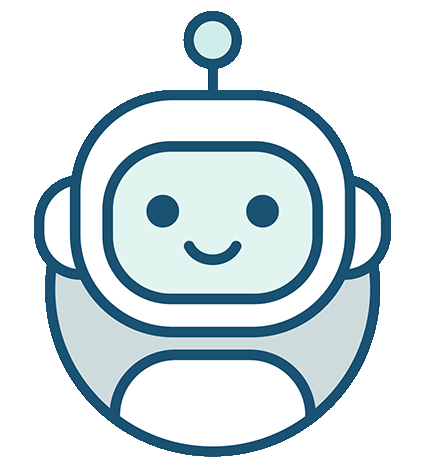المترجمون والذكاء الاصطناعي
تفاصيل العمل
The rapid advancement of artificial intelligence technologies, specifically in the domain of Neural Machine Translation (NMT), represents a paradigm shift in the applied linguistic field. The debate no longer centres on the viability of these technologies but on the nature of the interaction between computational capabilities and human intervention, and the reshaping of the functional roles of language specialists. From a technical perspective, AI-powered machine translation systems demonstrate remarkable efficiency in processing vast quantities of linguistic data at unprecedented speeds. These systems rely on statistical models and deep learning algorithms trained on bilingual texts, enabling them to identify linguistic patterns and produce initial translations of acceptable quality for many general communication purposes. This efficiency optimises linguistic supply chains by reducing costs and shortening delivery times. However, in-depth linguistic analysis reveals inherent limitations related to the very nature of human language. These systems lack true semantic understanding and the broader cultural and social context in which texts are produced. They often fail to interpret nuance, irony, metaphors, and covert communicative purposes. Furthermore, these systems are prone to "hallucination" i.e., generating content not present in the source text yet formally plausible, which poses a significant risk in high-stakes domains such as law and medicine. Consequently, the future evolution of the profession is not heading towards the replacement of humans by machines, but towards the emergence of a hybrid model based on collaboration. The role of the professional translator is shifting from a process executor to an **Expert Machine Translation Post-Editor. Within this framework, human effort concentrates on high-value-added tasks: ensuring terminological accuracy, cultural localisation, stylistic revision, and verifying compliance with domain-specific standards. This requires a shift in skills to include a profound understanding of Computer-Assisted Translation (CAT) tools and the management of Translation Memories (TMs), alongside advanced analytical and critical skills. Let's be honest: artificial intelligence is amazing at performing tasks that I used routine and time-consuming. It works at lightning speed to process huge amounts of text, giving me a precious gift: time. Time to focus on what makes translation an art and not just a mechanical process: context, tone, and those cultural nuances that make the text come to life. In conclusion, AI in translation can be defined as an industry standard transformer. It raises the bar for productivity and consistency, but in turn, it raises the requirements for the human translator, whose role becomes more specialised and strategic, focusing on final quality control, creativity, and solving complex problems that algorithms cannot process
مهارات العمل










